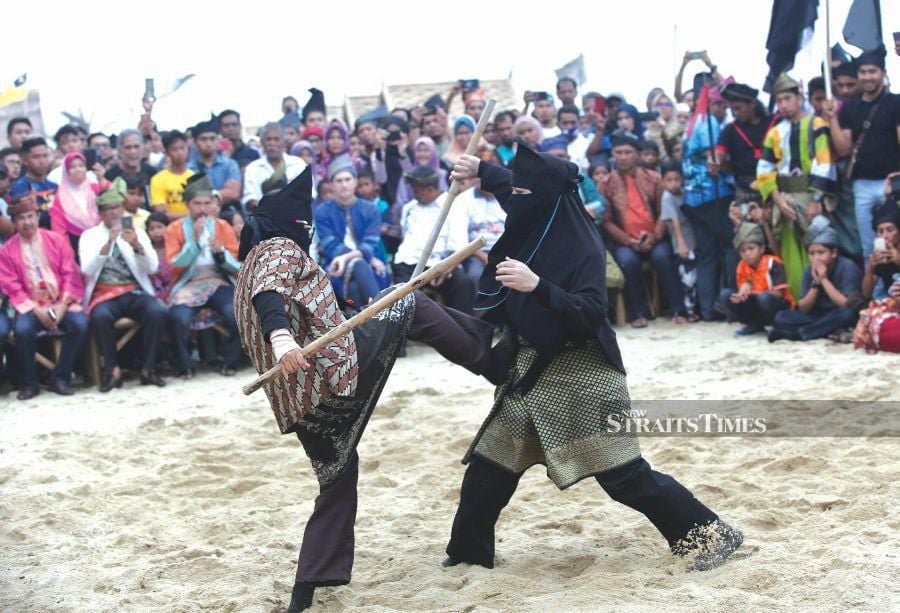SILAT is a generic term or an umbrella term that Malays use for martial arts in Southeast Asia, especially the ones inherited and practised by ethnic Malays in Malaysia, southern Thailand, Indonesia, Brunei, Singapore and southern Philippines.
Silat has been proclaimed by Malaysia and Indonesia as their national heritage. However, silat is now found outside Southeast Asia, especially in Australia, the Middle East, Europe and North America.
Malays and non-Malays in various parts of the world are practising silat and making it part of their lives.
The spread of silat is due to several factors. First is that silat was taken outside Southeast Asia by people of mixed heritage after countries like Indonesia achieved independence.
The second factor is the popularity of silat after it was modernised and made into an international combat sport.
The third factor involves silat organisations that spread their styles or schools of silat either with instructors from Southeast Asia or through outsiders who learnt silat and took it back to their countries.
The final factor is the migration of Malays to England and Australia. These migrants are either those who became permanent residents and citizens, or students who lived for three to four years abroad.
Due to silat's tradition of being transmitted from one generation to the next through oral and embodied practices, there are no historical documents that explain its origins in Malaysia.
However, there are many stories about the general origins of silat. There are two stories that are popular, even in Singapore and Indonesia.
The first is the story of a hermit who came upon a stream and decided to wash himself there. He noticed a lotus moving in spiral motion as it negotiated its way down the river.
The hermit concluded that the motion enabled the lotus to remain floating while traversing the fast waters of the river. He then used the idea of the motion to create the graceful movements found in silat.
Another popular story concerned a man and his wife. The man, either drunk or angry due to losses in gambling, would always beat his wife upon returning home.
One day, when the wife took her clothes to a river to wash them, she stumbled upon a fight between a crane and a monkey. She was amazed at how the two animals evaded and attacked each other.
She decided to practise the movements at the river until late in the evening. When the husband came home and found that she was missing, his anger increased.
Upon her return, he attacked her. Startled, the wife subconsciously used the movements that she had practised to evade him. This continued for some time until the husband fainted from exhaustion.
As the story goes, the wife taught her husband the movements so he could participate in a competition to find a warrior for the king.
He won the competition and became a respected and disciplined warrior. He decided to quit drinking and became a loving and caring husband.
Both stories emphasise the movements — from the spiral motion of the lotus to the offensive and defensive displays of crane and monkey — and their applicability to human conditions.
The movements in silat are soft and hard, and masters of silat always emphasise that "dalam lembut ada keras, dalam keras ada lembut" (in soft movements there is also hardness, in hard movements there is also softness).
This balance between soft and hard is practised in tai chi and aikido (styles that emphasise softness before hardness) and karate and muay thai, or Thai boxing (styles that emphasise hardness more than softness).
To achieve this balance, silat practitioners must endure harsh training and continuous practice. Only then can they perform their understanding of this balance in front of audiences.
The relationship between soft and hard is also adopted in the lifestyles of the practitioners as well as for survival in various conditions.
The writer is senior lecturer at the School of Tourism, Hospitality and Event Management in the College of Law, Government and International Studies, Universiti Utara Malaysia





